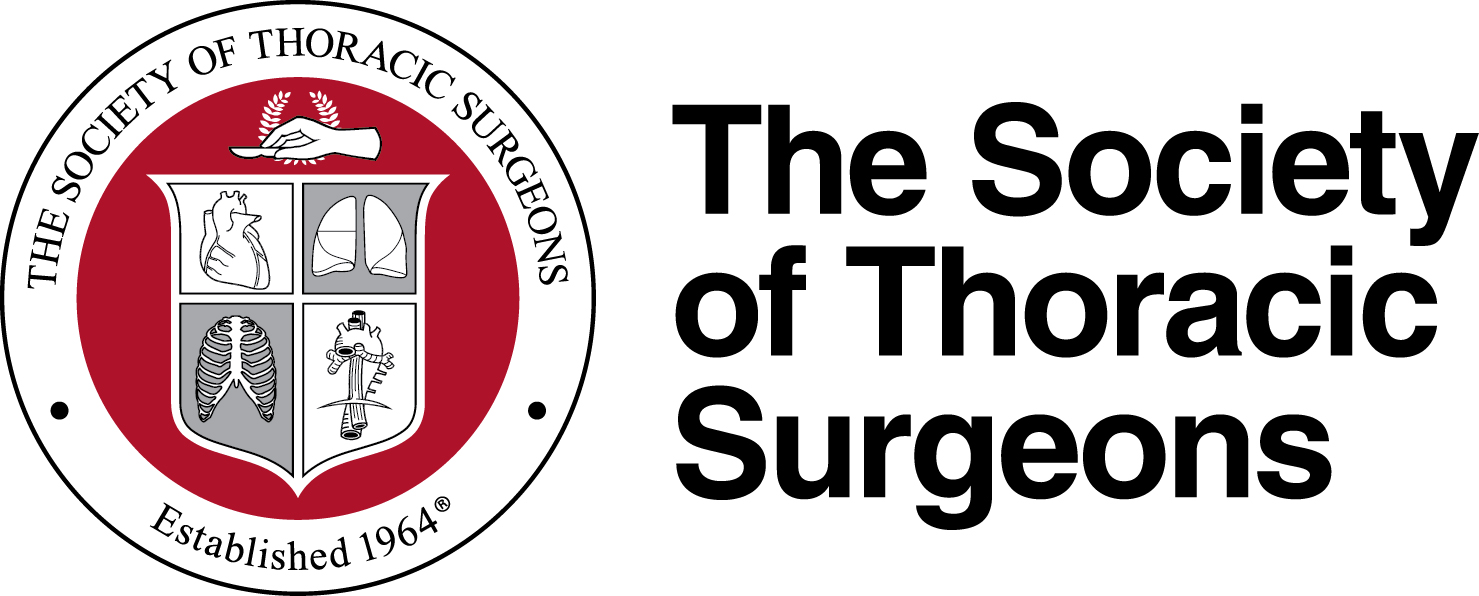Newswise — Chicago – Aortic valve replacement (AVR) can safely be used to treat severe aortic stenosis in patients age 90 years and older and is associated with a low risk of operative stroke and mortality, according to a study in the November 2014 issue of The Annals of Thoracic Surgery.
The elderly population in the US is steadily growing. From 2000 to 2010 alone, the Department of Health & Human Services Administration on Aging reports an increase of 1.3 million elderly people.
Takashi Murashita, MD, Kevin L. Greason, MD, and colleagues from Mayo Clinic in Rochester, Minn., reviewed the records of 59 patients who were at least 90 years of age (nonagenarians) and who underwent aortic valve replacement for severe aortic stenosis (narrowing of the aortic valve which obstructs blood flow from the heart).
“An increasing number of nonagenarian patients are willing to undergo AVR to improve both the quality and quantity of their life,” said Dr. Murashita.
Among the patients in the study, surgical AVR (SAVR) was used in 33 (56%) and transcatheter AVR (TAVR; minimally invasive treatment for patients who can't undergo open heart surgery) was used in 26 (44%). Three patients died following AVR, including two patients who received SAVR and one who received TAVR. Survival at 1-year post-surgery was 81.3% with no significant difference between the two groups. Twenty-two patients (37.3%) had operative complications, which included acute renal failure and stroke.
Among patients in the SAVR group, five (21.7%) were discharged home compared with 12 patients (48%) in the TAVR group. The remaining 31 patients were all discharged to a skilled nursing home facility.
“We hope that, through our results, providers will understand that aortic valve replacement should not be denied in select symptomatic nonagenarian patients with severe aortic valve stenosis,” said Dr. Greason. “Nearly 80% of our patients had significant heart failure symptoms prior to surgery and most experienced marked improvement following the operation.”
Dr. Murashita added that, as TAVR becomes more widely available, an increasing number of nonagenarian patients may opt for the less invasive procedure.
###
Founded in 1964, The Society of Thoracic Surgeons is a not-for-profit organization representing more than 6,900 cardiothoracic surgeons, researchers, and allied health care professionals worldwide who are dedicated to ensuring the best possible outcomes for surgeries of the heart, lung, and esophagus, as well as other surgical procedures within the chest. The Society’s mission is to enhance the ability of cardiothoracic surgeons to provide the highest quality patient care through education, research, and advocacy.
The Annals of Thoracic Surgery is the official journal of STS and the Southern Thoracic Surgical Association.
MEDIA CONTACT
Register for reporter access to contact detailsCITATIONS
Ann Thorac Surg 2014;98:1593–7
